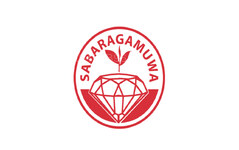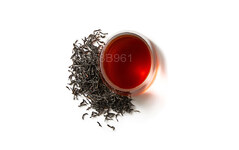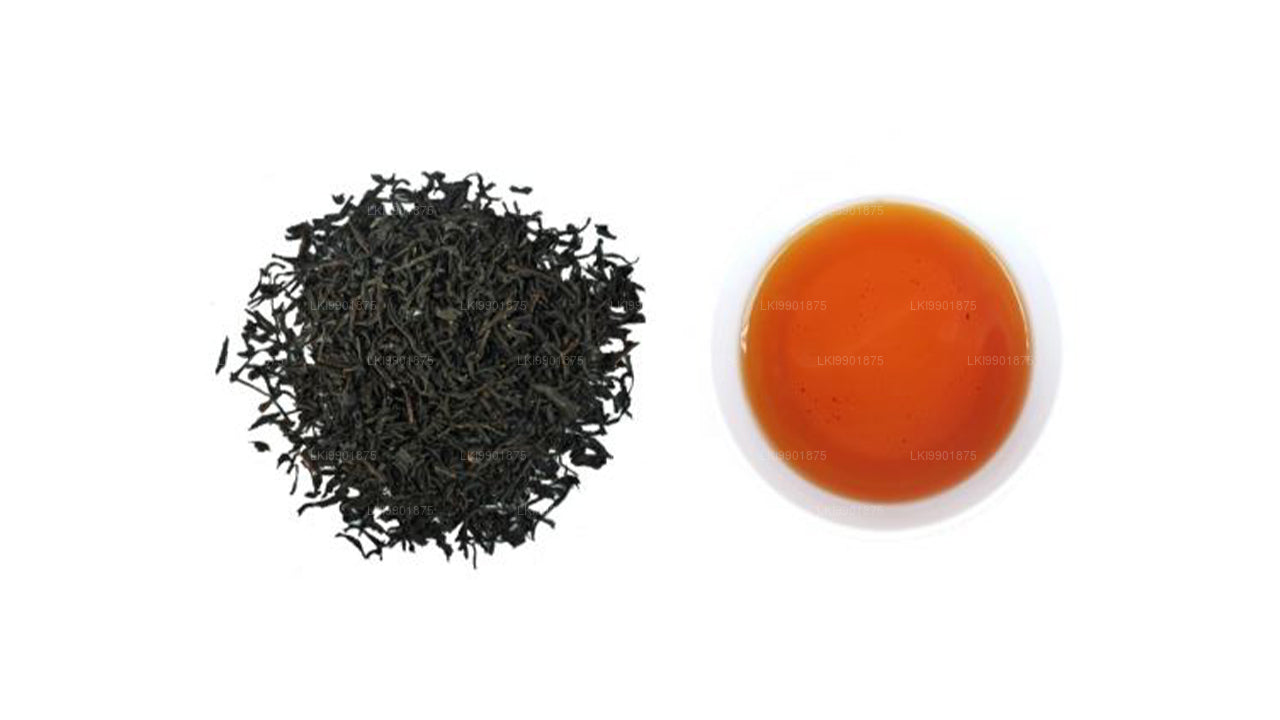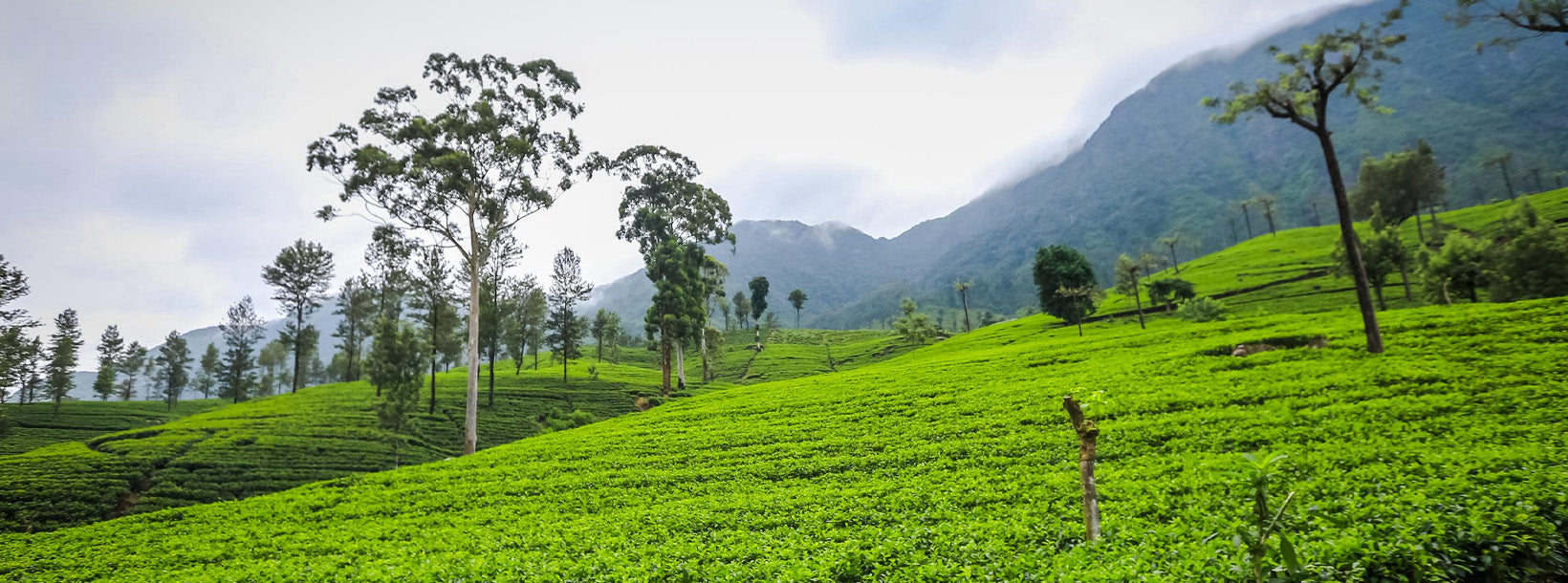
مزارع الشاي
تشتهر مزارع الشاي في سريلانكا، التي تقع بشكل رئيسي في المرتفعات الوسطى، بإنتاج بعضٍ من أجود أنواع الشاي في العالم. تتميز هذه المزارع الوارفة، كتلك الموجودة في كاندي ونوارا إيليا وهاتون، بمناظر طبيعية خلابة وتاريخ عريق. تُسهم هذه المزارع بشكل كبير في اقتصاد البلاد، حيث تُصدر شاي سيلان عالي الجودة إلى جميع أنحاء العالم.
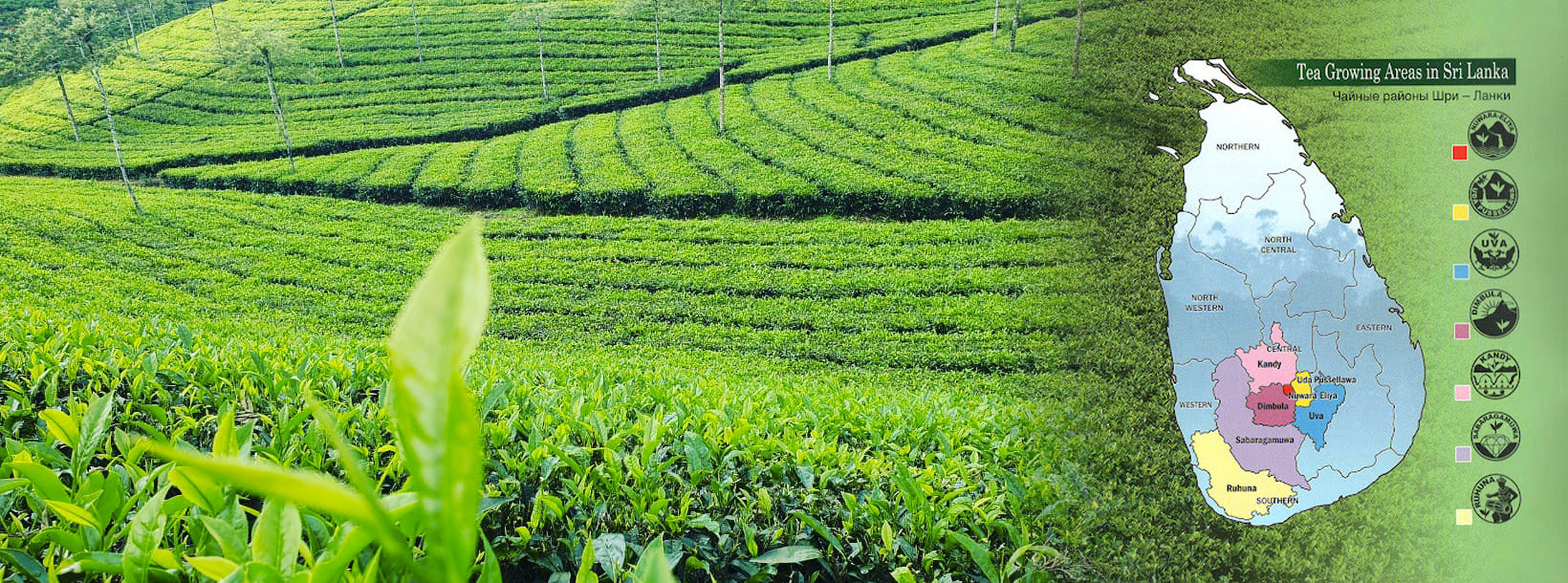
مناطق الشاي السيلاني
للشاي المُخمّر في كوبك قصةٌ ترويها. فهو يُعبّر عن التلال المتموّجة، وأشعة الشمس الوفيرة، والمقاطعات الخصبة. في سريلانكا، تُنتج المقاطعات الوسطى والجنوبية معظم الشاي. ويؤثر تفاوت الارتفاعات والمناخات المحلية على نكهة ولون ورائحة وموسمية شاي سيلان المميزة.
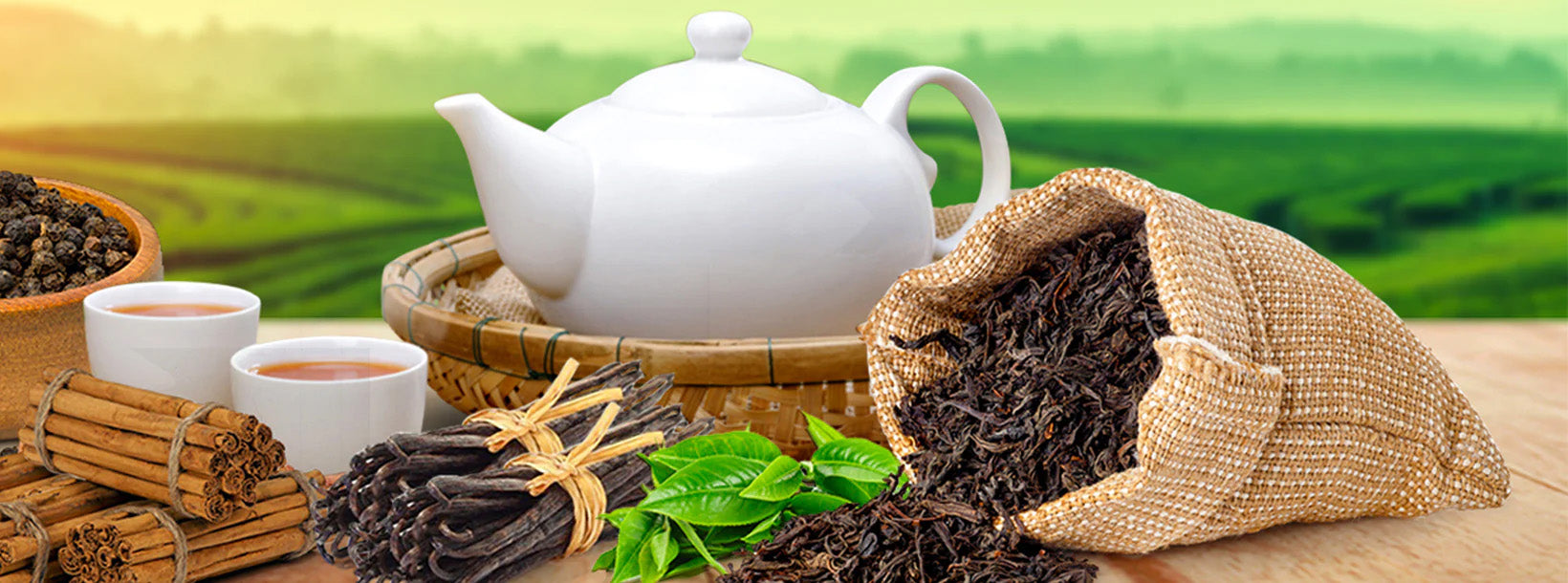
أنواع الشاي الأسود السيلاني
يتوفر شاي سيلان، كما نعلم، بأنواع مختلفة، تتميز بنكهات وروائح فريدة. إلى جانب تنوع أنواع الشاي، هناك أنواع أخرى يُصنف إليها شاي سيلان.
Sabaragamuwa Tea
Sabaragamuwa is one of the biggest tea-growing regions in Sri Lanka. This growing region covers the western and southwestern and central mountains of the country.
The teas of Sabaragamuwa, in other words, Ruhuna, are mainly low-grown. all the estates range in elevation from sea level to around 2,500 feet.
The highest estates lie just below the boundaries of the Sinharaja and Peak Wilderness nature reserves. the environment consists of rainforests, cloud forests, and high grassy plains in this region.
As a result, they produce tea of a somewhat different character to that grown at lower elevations in the district. And also, some of these estates receive the highest rainfall of any in the plantation districts.
Other upper Sabaragamuwa estates receive some weather from the nearby Uva climatic system. Therefore, they produce in an entirely different way.
Sabaragamuwa produces a fast-growing bush with a long leaf, very black when withered, and well suited for ‘rolling’ (see manufacturer). The liquor, too, is similar to that of Ruhuna tea, dark yellow-brown with a reddish tint in the dry season, though lightening somewhat with altitude.
However, the ‘nose’ or aroma, is noticeably different from the Ruhuna product, with a hint of sweet caramel, and not quite as strong as the latter. The flavor, too, is strongly marked, especially with respect to low-grown examples.
These are general comments, However, and need not apply to all teas produced in Sabaragamuwa. The districts contain a number of sub-districts such as Ratnapura, Rakwana, Kaltura, Matara & Weligama close to the Southern coast.

